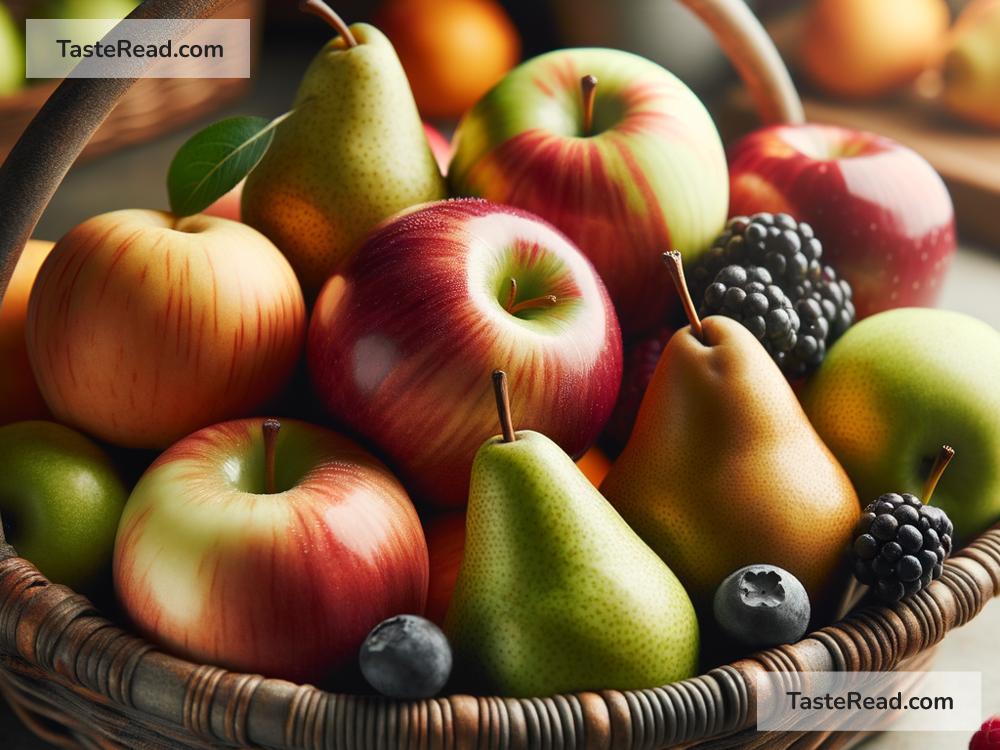The Effect of Natural Wax Coatings on Fruit Flavor Retention
When you take a bite of a juicy piece of fruit, the flavor explosion can be truly delightful. But have you ever wondered how fruits stay fresh and flavorful even after traveling long distances or sitting on store shelves for days? One of the clever ways used to preserve fruits is the application of natural wax coatings. These coatings can help protect fruit, extend its shelf life, and retain its delicious flavor. Let’s dive into why natural wax coatings are used, how they work, and their impact on keeping fruits tasty.
What Are Natural Wax Coatings?
Fruits, like apples, grapes, and citrus, naturally have their own waxy surfaces. This natural wax helps protect the fruit by keeping moisture inside and repelling water from the outside. However, when fruits are harvested, washed, and processed, much of their natural wax is removed. This makes them more prone to drying out or spoiling. To solve this problem, farmers and producers often coat fruits in a layer of natural wax that mimics their original protective covering.
Natural wax coatings are made from edible and safe materials, such as beeswax, carnauba wax (derived from palm trees), or shellac (often sourced from insects). These waxes form a thin layer on the fruit’s surface, keeping it fresh and prolonging its life.
How Do Wax Coatings Protect Fruits?
Wax coatings act like a shield for fruits. They slow down water loss, which is a big reason why fruits dry up and lose their texture over time. They also create a barrier that reduces oxygen penetration, which can speed up spoilage. Additionally, wax coatings protect fruits from microorganisms, like bacteria and fungi, that could cause decay.
By preserving moisture and protecting fruits from external factors, natural wax coatings help fruits stay firm, plump, and visually appealing. While they do much to maintain the physical appearance of fruits, their influence on flavor retention is just as important.
The Relationship Between Wax Coatings and Flavor Retention
The flavor of fruit is influenced by several factors, including its natural sugars, acids, and aroma compounds. These elements are sensitive to environmental changes, such as exposure to air, moisture loss, and temperature fluctuations. Without proper protection, fruits can lose their flavor and become bland or less enjoyable to eat.
Wax coatings play a significant role in flavor retention. By keeping moisture inside the fruit, they maintain the balance of sugars and acids that contribute to its taste. For example, an apple coated with natural wax preserves its crispness and sweetness better than an uncoated apple left to dry out. Additionally, the wax layer prevents the breakdown of aroma compounds that give fruits their distinct smell and taste — like the citrusy zing of oranges or the tropical sweetness of mangoes.
Does Wax Change the Way Fruits Taste?
While wax coatings help preserve a fruit’s original flavor, they don’t add or change the taste of the fruit. Because these coatings are thin and edible, you likely won’t even notice them when eating the fruit. In fact, the primary job of the wax is to guard the fruit’s natural flavor. It’s almost like a protective blanket that keeps the fruit tasting the way it did when it was freshly picked.
Wax coatings also reduce the risk of fruits developing off-flavors caused by exposure to air or nearby food odors. For example, unprotected fruits stored in a refrigerator might absorb unpleasant smells over time, which can negatively affect their taste. Natural wax coatings help prevent this.
The Benefits of Natural Wax Coatings for Consumers
As someone who buys and eats fruits, you benefit from natural wax coatings in many ways. First, fruits with wax coatings stay fresh for longer, which means less food waste at home. If you’ve ever tossed out a shriveled apple or a dried-out orange, you know how disappointing it can be. Wax coatings help fruits keep their juices and flavors, so you can enjoy them for days or even weeks after purchasing.
Secondly, wax coatings make fruits sturdier during transportation. This means you are more likely to find fruits in great condition at grocery stores or farmers’ markets. Without wax protection, fruits might arrive bruised, shriveled, or tasteless.
Finally, coated fruits are less likely to spoil, so you don’t have to worry about eating something that might have gone bad. The wax acts as a safe and natural way to preserve the goodness of fruits until you’re ready to enjoy them.
Are Natural Wax Coatings Safe?
You might be wondering if it’s safe to eat fruits with wax coatings. The good news is that natural wax coatings are completely safe to consume! These coatings are made from food-grade materials approved by health authorities, and they don’t pose any harm when eaten. In most cases, people don’t even notice the wax because it sticks to the skin of the fruit. If you’re concerned, simply wash your fruit with water before eating.
Conclusion
Natural wax coatings are a small but mighty tool that help fruits stay fresh, flavorful, and visually appealing for longer periods. By slowing down moisture loss, protecting against spoilage, and preserving sugars and aroma compounds, wax coatings ensure that the fruits you buy taste as good as they did when they were first harvested.
So the next time you bite into a flavorful orange or a crisp apple, remember the natural wax coating quietly working behind the scenes to keep your fruit delicious. It’s a simple yet effective way to protect one of nature’s tastiest treats!


